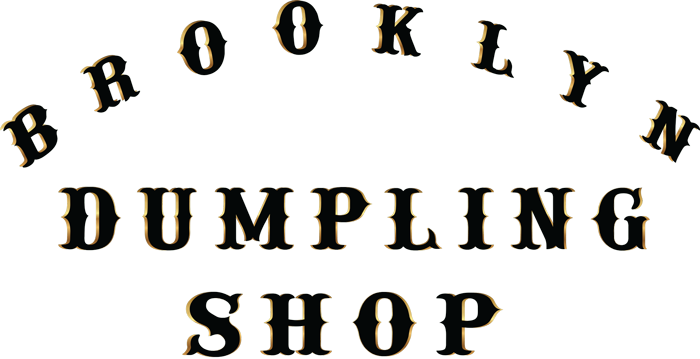Home
Main content starts here, tab to start navigatingTag us in your post!
#BrooklynDumplingShop
"LOVE! Came across Brooklyn Dumpling Shop looking for late night bites in the city. This place didn’t disappoint.. really cool concept and all the dumplings are fresh. You can order your standard flavors or trying their funky ones such as Mac n cheese or peanut butter and jelly. Staff was nice and there to help us order too. Check them out!"
- Samantha M, Google

